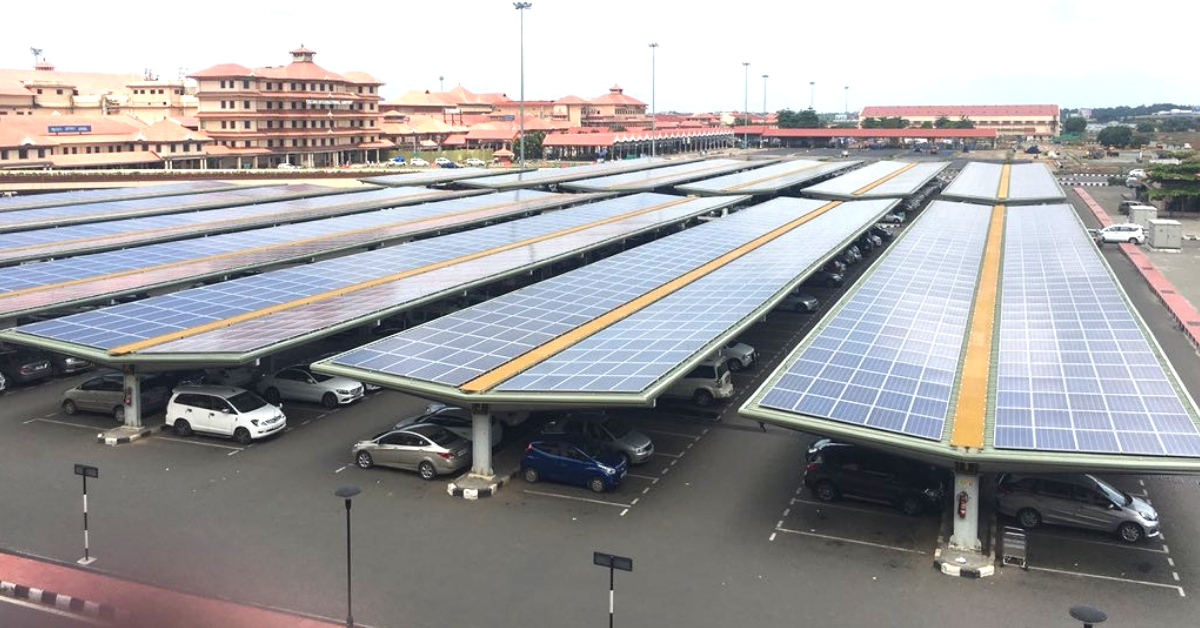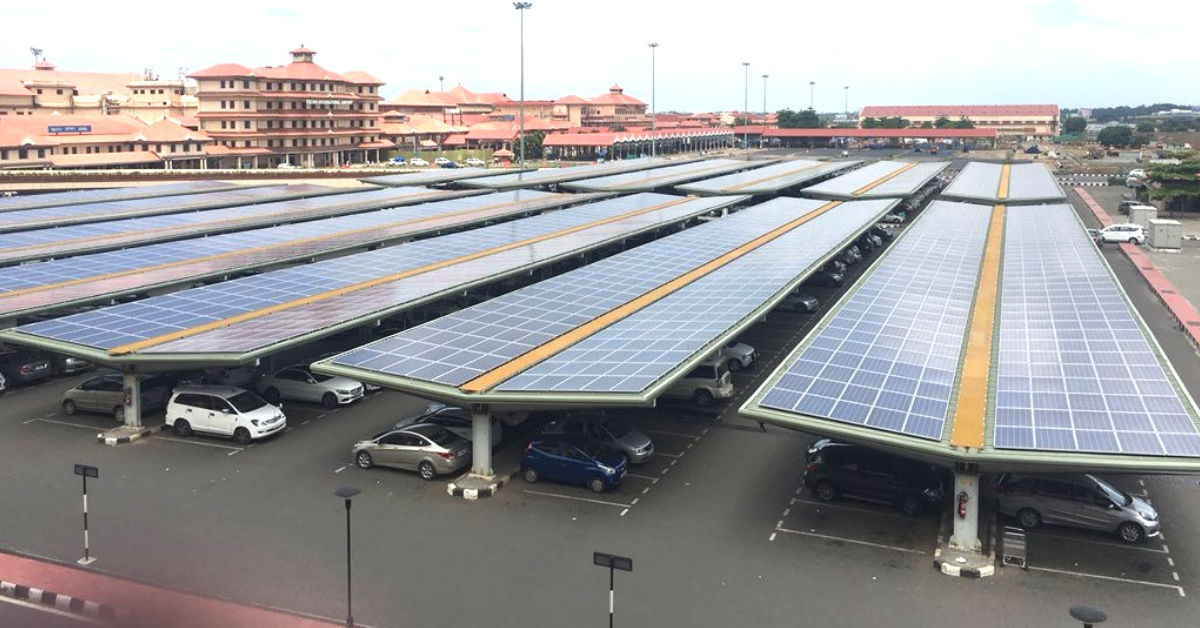Last month, The Lancet, a well-known medical journal, had reported that India is one of the worst affected countries by climate change, in terms of human health.
As per the report, each person in India was exposed to an additional 1.4 days of heat wave between 2000 and 2017 compared to the baseline period of 1986 to 2005, as per this Hindustan Times report.
While 2017 saw 157 million additional heat wave exposure events compared to 139 million in the year before, the 2016 figure, trumps the 2012 figure by an additional 40 million. This had a direct bearing on the labour hours lost. As per the study, 75,000 million labour hours were lost in 2017 compared to 43,000 million in 2000.
The impact of climate change on both our health and economy is hard to ignore. Thus, it’s heartening to learn that India could achieve the targets it set in the Paris Climate Agreement a decade ahead of schedule, according to the Institute for Energy Economics and Financial Analysis (IEEFA), a noted US-based think tank.
This development comes ahead of the report that the India government will submit at the COP24 UN climate conference in Katowice, Poland, presenting an update on the progress it has reached in fulfilling its Paris climate goals.
“For the first goal, IEEFA predicts that installed non-fossil fuel capacity in India will exceed 40 per cent by the end of 2019. And at the current rate of 2 per cent reduction per year in emission intensity of its gross domestic product (GDP), India will likely achieve 33-35 per cent of emission intensity reduction targets a decade ahead of target,” it said in a report.
Two key developments are set to take place next year.
Firstly, India will limit its thermal power capacity to 226 gigawatts (GWs) or 63% of its total 360 GW. At that rate, the share of non-fossil fuel capacity is likely to exceed 40% by the end of 2019. Also, vast amounts of thermal power projects have been shelved or cancelled—573 GWs since 2010.

Moreover, as per the Centre’s National Electricity Plan for 2018, “fossil fuel capacity will decline from 218 GW or 67 per cent of 2017 installed capacity to 264 GW or just 43 per cent of total installed capacity by 2027,” reports the Economic Times. From 57 GWs in 2017, the Government of India is looking to expand the installed capacity of renewable energy (with the exclusion of major hydropower projects) to 275 GWs in 2027, a five-fold increase.
By 2027, renewables could account for 44% of the total installed system capacity with hydro and nuclear raising that figure by a further 13%.
It’s about time India made a drastic transition to renewables considering how it suffered the past year with serious volatility in global crude oil prices.
Also Read: This Startup Can Reduce Your Vehicle’s Fuel Consumption by 25%!
With the country importing a majority of its crude oil requirements, such volatility has a grave financial bearing on not just the government’s finances but households as well.
Furthermore, companies operating coal-powered plants are suffering significant financial distress and causing a serious burden on the public exchequer. With renewables priced as low as Rs 3/kilowatt hour, the future of India’s energy ecosystem seems set.
(Edited by Gayatri Mishra)
Like this story? Or have something to share? Write to us: contact@thebetterindia.com, or connect with us on Facebook and Twitter.
If you found our stories insightful, informative, or even just enjoyable, we invite you to consider making a voluntary payment to support the work we do at The Better India. Your contribution helps us continue producing quality content that educates, inspires, and drives positive change.
Choose one of the payment options below for your contribution-
By paying for the stories you value, you directly contribute to sustaining our efforts focused on making a difference in the world. Together, let's ensure that impactful stories continue to be told and shared, enriching lives and communities alike.
Thank you for your support. Here are some frequently asked questions you might find helpful to know why you are contributing?

